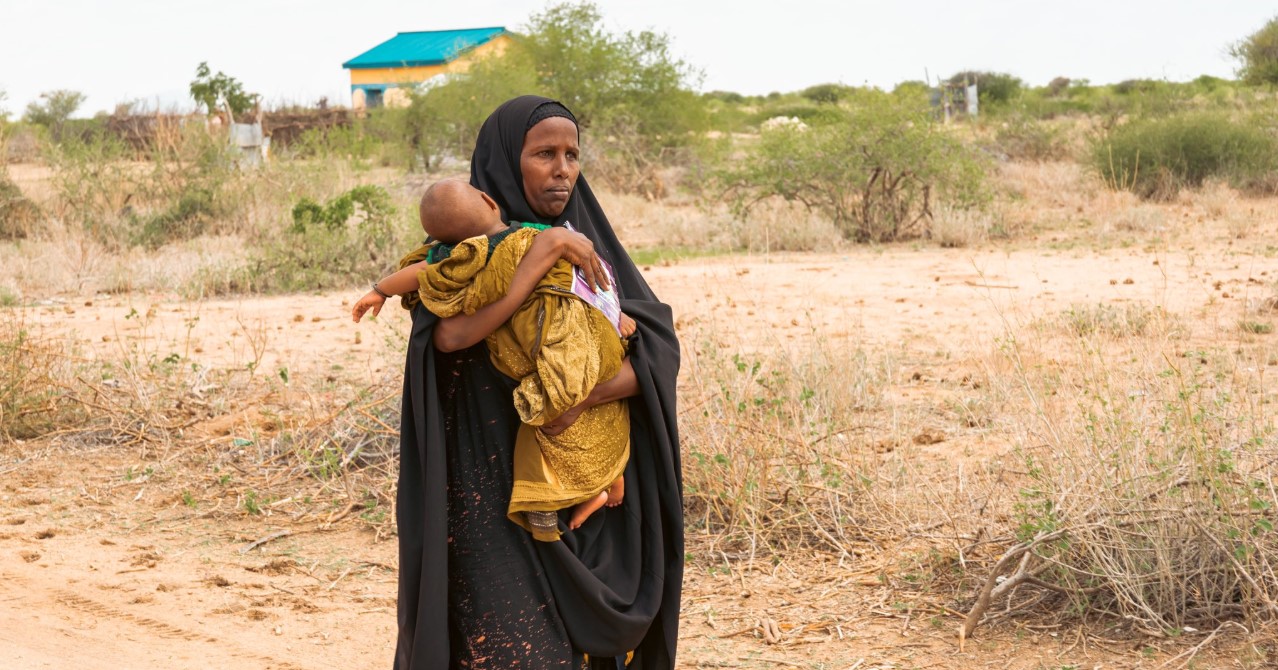Severe drought in northern Kenya leaves thousands of children facing hunger

The ongoing drought has led families with children and adolescents to be constantly on the move or to go to emergency camps where they are at risk of violence or abuse.
The devastating drought gripping northern Kenya has caused severe hunger among thousands of children as water sources dry up and crops fail.
According to aid organisations, the ongoing crisis has severely affected arid and semi-arid regions, including Marsabit, Turkana, and Mandera counties — areas which are historically prone to food insecurity.
More To Read
- Rain turns deadly in Garissa, killing over 500 livestock
- Humanitarian agency appeals for Sh2.1 billion to aid 2.1 million Kenyans facing floods, drought
- Global food prices ease as East Africa slips deeper into hunger – report
- Report paints Africa’s grim reality on poverty, inequality reduction
- Hunger crisis deepens in Sudan’s El Fasher as 229 die under RSF siege
- Northern Kenya mourns Raila, remembers his legacy of inclusion and justice
Turkana is one of the counties worst hit by drought.
This crisis has escalated to unprecedented levels, exacerbating malnutrition, school dropout rates, and migration in search of food and water.
When such a crisis hits, children, more than anyone else, are the most affected. The challenges they face include prolonged separation from their families, increased prevalence of diseases related to drought and loss of education opportunities.
The ongoing drought has led families with children and adolescents to be constantly on the move or to go to emergency camps where they are at risk of violence or abuse.
UNICEF estimates more than 900,000 children in Kenya currently require humanitarian aid as a result of the drought.
 A health official attends to a child during a visit by a UNICEF team to an integrated outreach site in Samatar village, Wajir South. (Photo: UNICEF Kenya)
A health official attends to a child during a visit by a UNICEF team to an integrated outreach site in Samatar village, Wajir South. (Photo: UNICEF Kenya)
Children under the age of five are acutely malnourished and in urgent need of therapeutic food and medical care. Health centres in affected regions are overwhelmed as the number of malnutrition cases continues to rise.
In response, efforts by the Kenyan government and international partners to provide relief supplies have included food distributions, cash transfers, and water trucking, but the scale of the crisis requires a more coordinated and sustained approach.
The Ministry of Health and the Kenya Red Cross Society, with support from UNICEF and USAID, recently conducted an outreach clinic in Turkana to assess children under 5 years old for malnutrition and provide them with immunisations.
Experts emphasise the need for long-term solutions to address the recurring cycles of drought, including investment in climate-resilient agriculture, water infrastructure, and early warning systems.
Without swift intervention, the drought threatens to deepen the humanitarian crisis in northern Kenya, pushing more children and families to the brink.
Top Stories Today












































